Jerry Curtis was born and raised in Rochester, NY. He served as a combat medic in Vietnam and served 17 years in the Army Medical Corps. After he was discharged from the military, Jerry moved to Oregon and worked for the state in the mental health field for 14 years before retiring. Today, Jerry lives in Salem, Oregon with his partner of 17 years, Jan Campbell. He is active in the bonsai club in Salem, and served as a board member for years. In addition to working on his trees, Jerry is an avid stamp collector, and enjoys building classic military models such as tanks and other armored vehicles.
Here's a recent interview we had with Jerry to ask him more about his passion for American Bonsai.
Favorite tree species.
Trident Maple because it is a sturdy tree and there are lots of shapes and forms that can be brought on it.
How did you get started in bonsai?
I saw a bonsai tree on display by the Salem Bonsai Club about ten years ago. I attended a meeting, and I’ve been hooked ever since.
Most influential mentors
Richard Johnson (Salem, Oregon). I’ve attended his bonsai classes, and he has become a close friend and mentor.
Why are you passionate about bonsai?
Not only is it a form of art, it is living art. You can actually watch it develop and grow into something that you’re creating.
Most important lesson I’ve learned through practicing bonsai is…
Patience. It takes time to create and form a tree into how you want it to look. It’s a long process, sometimes it takes up to ten years.
What do you hope for the future of bonsai?
I think it would be nice to see the expansion of bonsai as it touches the younger generation. Mostly individuals involved in bonsai are middle-aged on up. It would be nice to see the younger generation get involved, from teenage years. What a neat idea it would be to have a merit badge for bonsai in Boy Scouts and Girl Scouts?
Why did you want to become a Patron of American Bonsai?
In order for the idea of the art of bonsai to become successful, people have to support it and get involved. Unfortunately, not enough people have been involved in bonsai to this point, and it’s a shame. So, I decided to set the example.
American Bonsai is…
an art form that really needs to be rediscovered and brought to life.
What are you most excited about for The Artisans Cup?
I think it will be interesting to observe how the judges are going to judge the different types of trees. What do they look for? If you take five judges and show them a tree, each one of them will come up with a different answer.
The Artisans Cup is made possible by the generous support of Patrons of American Bonsai.
